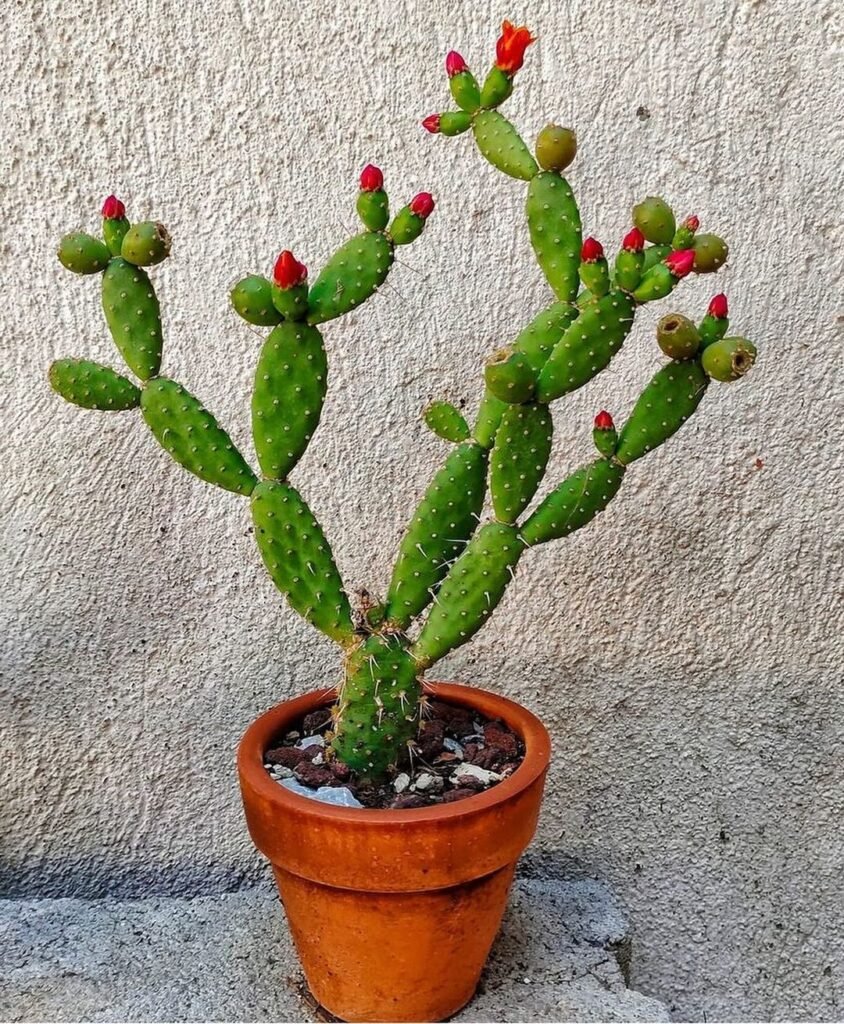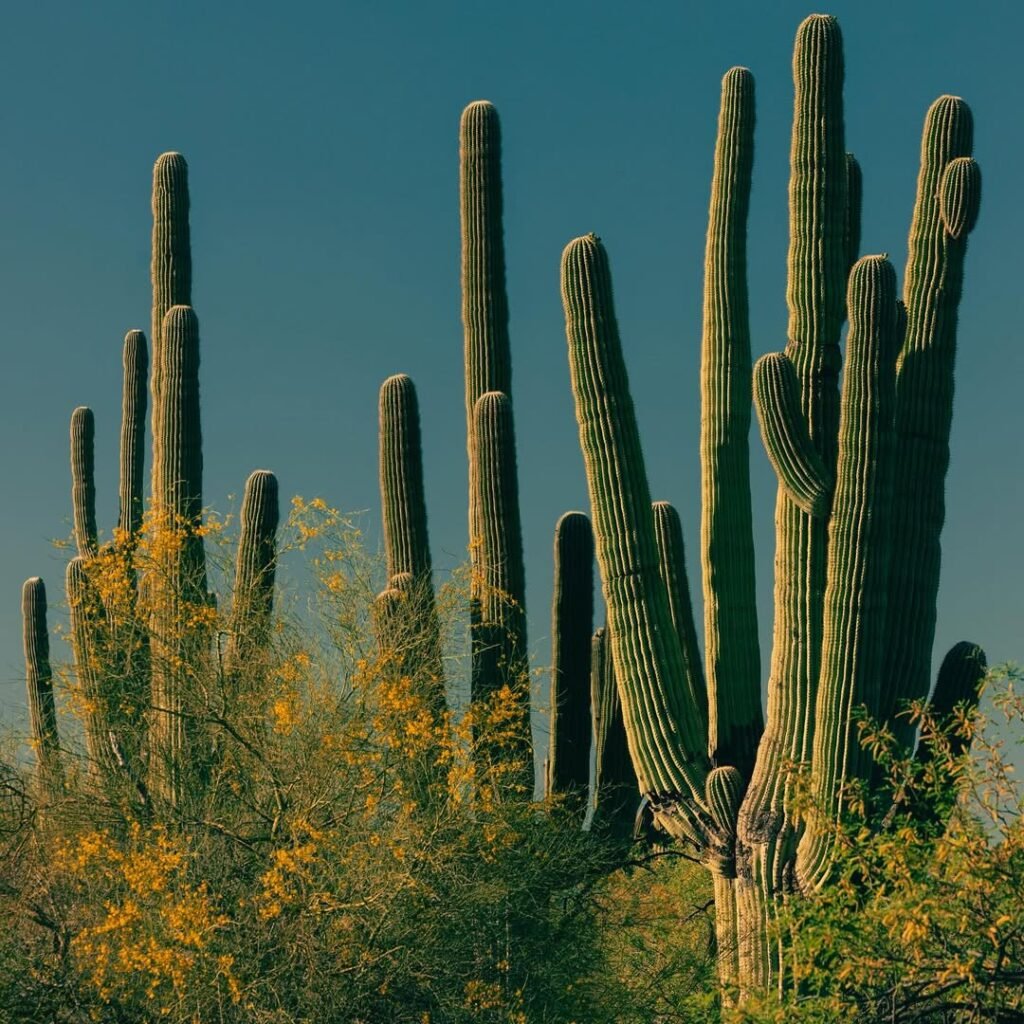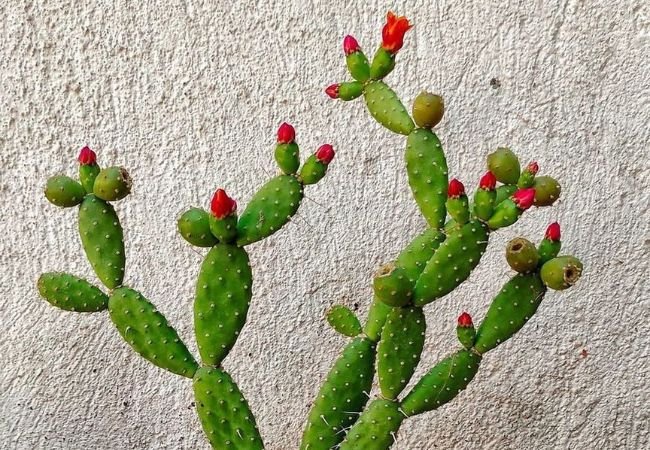Discover how cactus roots work, common issues like root rot, and pro care tips from 10 years of gardening experience. Learn to keep your cacti thriving!
If you’ve ever marveled at how cacti survive scorching deserts or your dry apartment windowsill, their secret lies underground. Hi, I’m Anna Scott from USA Garden Hub, and after a decade of nurturing everything from prickly pear cacti to Oklahoma flower seeds, I’ve learned that healthy roots mean a happy cactus. Let’s dig into the fascinating world of cactus roots!
What Are the Different Types of Cactus Roots?

Cacti roots are as diverse as the plants themselves. Here’s a breakdown of the most common types:
1. Taproots

Found in species like the giant saguaro cactus, taproots are thick, deep roots that anchor the plant and store water. A saguaro’s taproot can stretch 2 feet deep, while smaller cacti, like barrel types, have shorter ones.
2. Fibrous Roots

Think of these as a shallow, wide net. Prickly pear cacti use fibrous roots to quickly absorb rainwater before it evaporates. Perfect for arid climates!
3. Aerial Roots

Ever seen a Christmas cactus sprouting roots from its stems? These aerial roots help it cling to trees in humid environments or absorb moisture from the air.
4. Adventitious Roots
These pop up unexpectedly from stems or leaves. For example, a broken cactus pad might grow adventitious roots to form a new plant.
Fun Fact: I once propagated a Christmas cactus by letting its aerial roots grip a moss pole—it’s now a sprawling centerpiece!
How Do Cactus Roots Function?
🌵 Water Storage & Absorption
Cactus roots are survival experts. They swell to store water during droughts and have tiny root hairs to soak up moisture fast. The saguaro cactus root system, for instance, can expand to cover 30 feet horizontally after a rainstorm!
🌵 Anchoring in Harsh Conditions
Shallow roots stabilize cacti in loose desert soil. When I grew a prickly pear in windy Oklahoma, its fibrous roots kept it upright even during storms.
🌵 Nutrient Uptake
Despite poor soil, roots partner with fungi (mycorrhizae) to extract nutrients. No wonder desert soil doesn’t faze them!
How Deep Do Cactus Roots Grow?
Cactus root depth varies:
- Saguaro: Up to 2 feet deep, 30 feet wide.
- Barrel Cactus: 8–12 inches deep.
- Potted Cacti: Often shallow due to container limits.
Pro Tip: Use a deep pot for taproot-heavy cacti to mimic their natural growth.
Common Cactus Root Problems (and Fixes)
1. Cactus Root Rot
Causes: Overwatering, poor drainage.
Symptoms: Black/mushy roots, wilting stems.
How to Fix It:
- Remove the cactus and trim rotten roots.
- Let it dry for 2–3 days.
- Repot in fresh, gritty soil.
I saved a Christmas cactus from root rot by switching to a terracotta pot—it’s thriving 3 years later!
2. Root Bound Cacti
Signs: Roots circling the pot, stunted growth.
Solution: Gently loosen roots and repot in a container 1–2 inches larger. For Christmas cactus root bound issues, I’ve found spring repotting works best.
7 Essential Care Tips for Healthy Cactus Roots
- Use Well-Draining Soil: Mix sand, perlite, and potting soil. Avoid garden soil—it’s too dense!
- Water Sparingly: Let soil dry completely between waterings.
- Choose the Right Pot: Terracotta or unglazed clay for breathability.
- Apply Root Hormone: Dip cuttings in cactus rooting hormone (like this one from Garden Safe) to speed up growth.
- Avoid Overfertilizing: A diluted cactus feed twice a year is plenty.
- Monitor for Pests: Mealybugs love roots—inspect regularly!
- Repot Every 2–3 Years: Refresh soil and check root health.
Bonus: For more tips, explore my guide on growing drought-resistant Oklahoma flower seeds.
Can You Root a Cactus in Water?
Yes—but with caution! While Christmas cactus root in water easily (I’ve done it 5+ times!), desert cacti like saguaros may rot. Here’s how:
- Cut a healthy stem.
- Let it callus for 2 days.
- Place in water, changing it weekly.
- Transplant to soil once roots are 1–2 inches long.
FAQs About Cactus Roots
Q: What’s the best cactus root rot treatment?
A: Trim rot, apply antifungal powder, and repot. Skip watering for a week.
Q: Does cactus root powder work?
A: Yes! It boosts root growth in cuttings. Check out University of Arizona’s study on cactus propagation.
Q: How do I know if my cactus is root bound?
A: Roots poking out drainage holes or slow growth are clues.
Final Thoughts
Understanding cactus roots transforms how you care for these hardy plants. Whether you’re battling cactus root rot or propagating a prickly pear, the right knowledge keeps them flourishing. For more desert gardening tips, visit my guide to succulent care.
Got questions? Drop me a comment below—I’d love to help!






